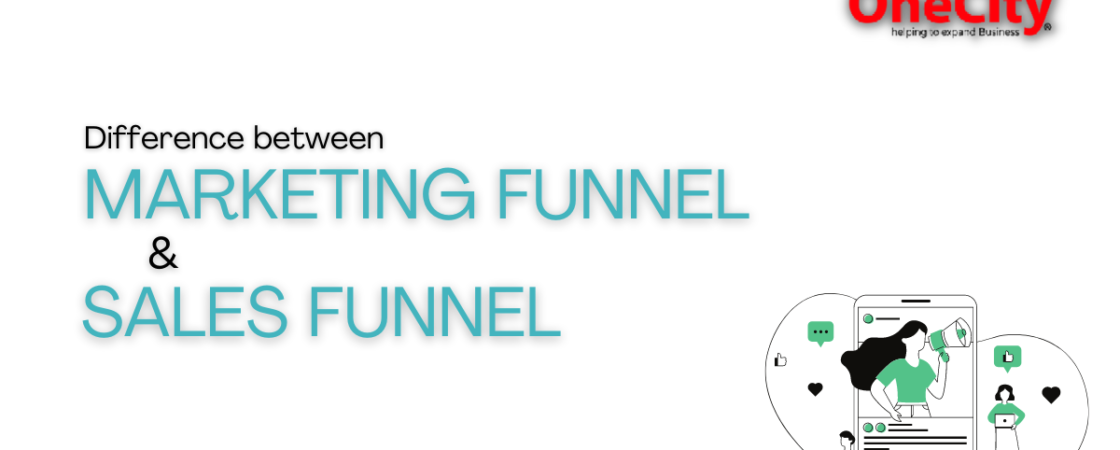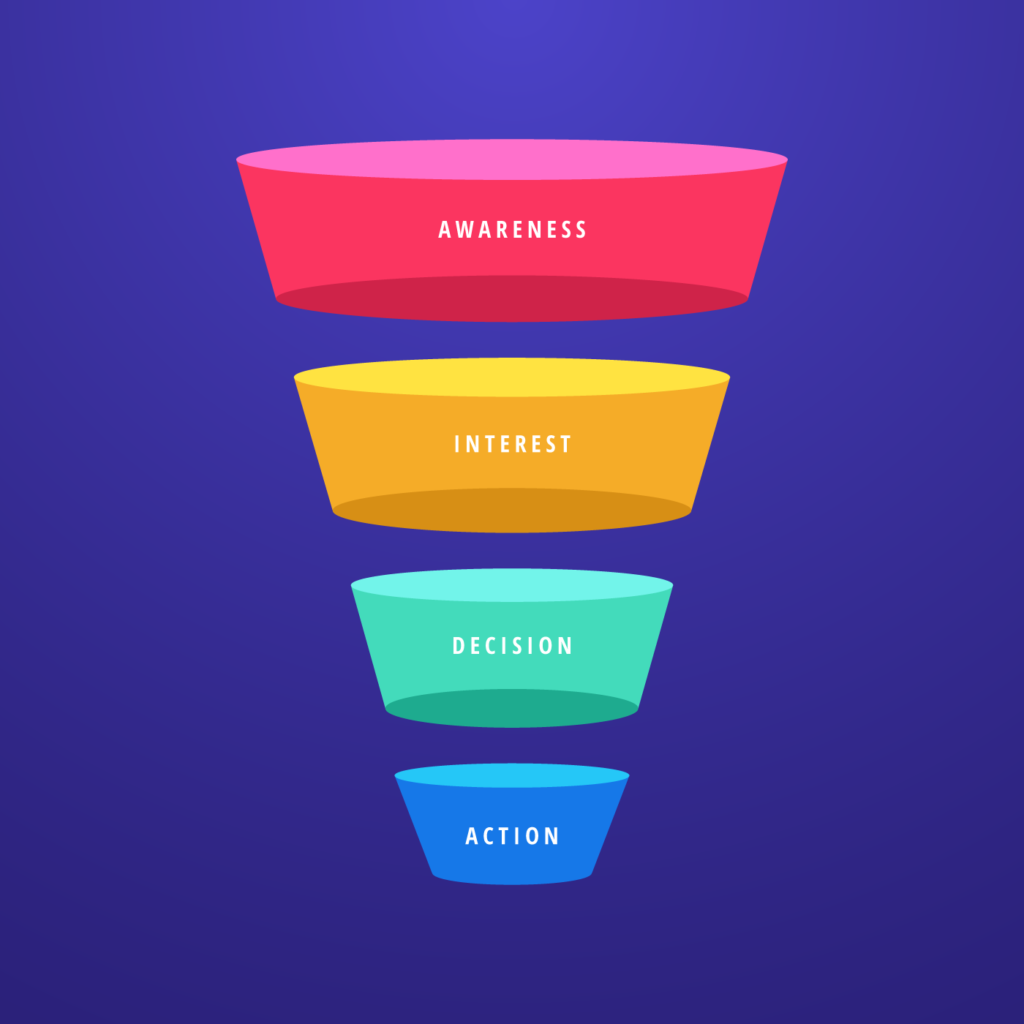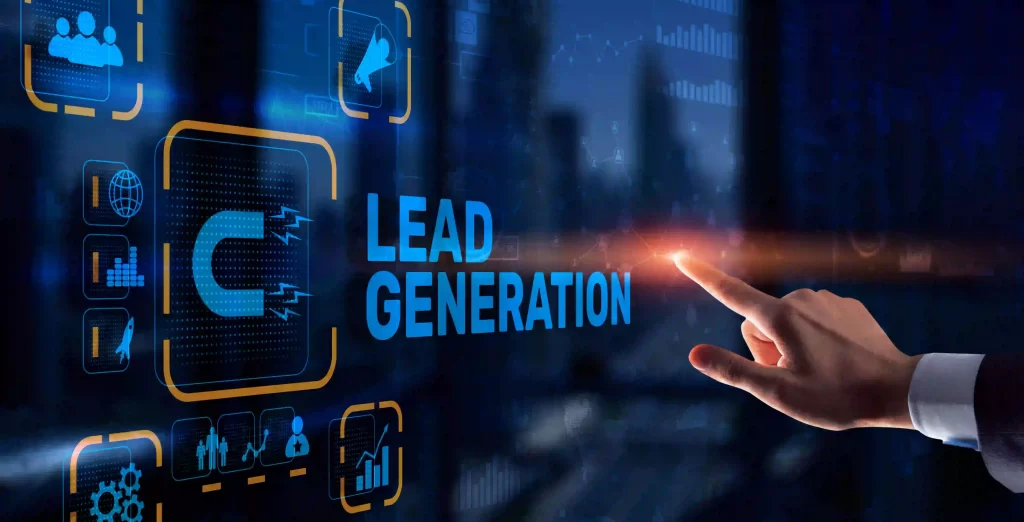Sales and marketing funnel basically serves as a pipeline where businesses can understand the different stages of their customers, track and target the audience to convert them into customers.
Marketing and Sales funnel helps a business to understand the buyer readiness stage of its customers. With better marketing and sales funnel, businesses can make proactive decisions that help them push their leads through the funnel and convert them into customers.
Sometimes it’s quite confusing to differentiate between a marketing funnel and sales funnel. In this article we will dive deep into understanding the difference between marketing funnel and Sales funnel. This article will also let you come up with different funnel ideas for your business.
What is a marketing funnel?
A marketing funnel is the process of getting leads, converting them into customers and then retaining those customers for as long as possible so that they become brand loyalists. This is what we call customer retention or customer loyalty. A company can only achieve this if it has a good marketing strategy which includes a well-thought out marketing funnel.
What is a sales funnel?
A sales funnel is the process of selling your products or services to potential clients. It is also known as the sales pipeline, sales funnel or sales channel. Sales funnels are used by companies to sell their products or services. They have been in use since the beginning of time.
The purpose of a sales funnel is to capture leads, nurture them through various stages of the buying cycle and finally close the sale.
How do you know whether you need a marketing funnel or a sales funnel?
You should always start with a clear understanding of who your target audience is. You will be able to determine whether you need a marketing or a sales funnel based on how many people you want to reach. If you want to reach just one person, you would not require a sales funnel. But if you want to reach thousands of people at once, you would need a sales funnel.
If you don’t know who your target audience is, you may consider starting with a marketing funnel because it helps you understand your market better. However, if you already have an idea about who your target audience is and you want to know whether you need a sales funnel or not, you should go ahead and create a sales funnel.
Why does a company need a sales funnel?
If you have never heard of a sales funnel before, chances are you might think that it’s something new. In fact, a sales funnel was invented way back in 1885 when Henry Ford started his first car manufacturing plant. He had to figure out how to efficiently move cars from the factory floor to the showroom. So he came up with the concept of a sales funnel.
Sales funnels help businesses to effectively manage the entire sales process. They allow companies to identify prospects, qualify them and turn them into leads. Then they can follow up with these leads until they make the final conversion into customers. We at Onecity create funnels for both marketing and sales.
Difference between marketing funnel and sales funnel
How does the sales funnel work?
Sales funnels consist of three main parts:
1) Lead generation – where you find potential buyers
2) Qualification – where you filter out the qualified leads from the unqualified ones
3) Conversion – where you turn the qualified leads into actual customers
In most cases, the lead generation part happens online. For example, you can advertise on Facebook or Google Ads to attract potential buyers.
After someone clicks on your ad, you send her/him to a landing page where you ask him/her some questions to qualify the prospect (e.g., “Are you looking to buy a house?”).
As soon as the prospect gets qualified, redirect him/her to a sales page where you offer a solution to the problem.
Once the prospect buys, you follow up with him/her via email, phone calls, etc. to ensure that he/she is happy with the product and service.
How does a marketing funnel work?
Marketing funnels are similar to sales funnels but instead of converting leads into customers, they convert prospects into Leads. This means that marketing funnels focus more on building relationships than on closing deals.
To build a successful marketing funnel, you must first define what type of content you want to share with your audience. The next step is to choose the channels through which you’ll distribute this content. Finally, you need to set goals for each channel so that you can measure your success.
The following sections describe different types of marketing funnels.
Email marketing:
An email marketing funnel allows you to segment your list according to their interest levels. When you send emails to your subscribers, you can use autoresponders to trigger certain actions such as sending another email, playing a specific audio file or displaying a particular web page.
Search Engine Optimization:
Search Engine Optimization is a great place for organic traffic. Through an effective SEO strategy business can drive a lot of traffic to the website and convert that traffic into leads and finally convert them into customers through an effective marketing funnel.
Content marketing:
A content marketing funnel is used to generate traffic to websites by creating valuable content. Content marketers often use blogs, eBooks, infographics, videos and other forms of media to drive website visitors to their products and services.
Social media marketing:
A social media marketing funnel helps you connect with people who are interested in your business. You can create an attractive profile using images and video content. Then, you can start interacting with your followers on various platforms like Twitter, LinkedIn, Instagram, Pinterest and others.
Video marketing:
Videos are one of the best ways to promote your business because they can be shared across multiple platforms. A video funnel lets you target your ideal customer and then nurture them over time.
Paid advertising:
You can also run paid ads to get more targeted traffic. Paid ads usually cost money per click or impression. However, there are many free tools available to help you track the performance of your paid campaigns.
Affiliate Marketing:
If you have a blog, you can use affiliate marketing to make extra income. Affiliate programs allow bloggers to place links to merchants’ products on their site. If a visitor purchases something from the merchant’s site after clicking on the link, the blogger earns a commission.
These channels will assist you in building relationships with your target audience. You also need to constantly create awareness about your products and services through ads, social media and other mediums in order keep your target audience move through the funnel and convert them into customers
Summary:
Sales funnel is a process that takes leads through different stages before they become customers.
Marketing funnel is a process that takes prospects through different stages before they become sales leads.
Are you a business owner who is struggling to build a funnel for your business and promote your business digitally?






